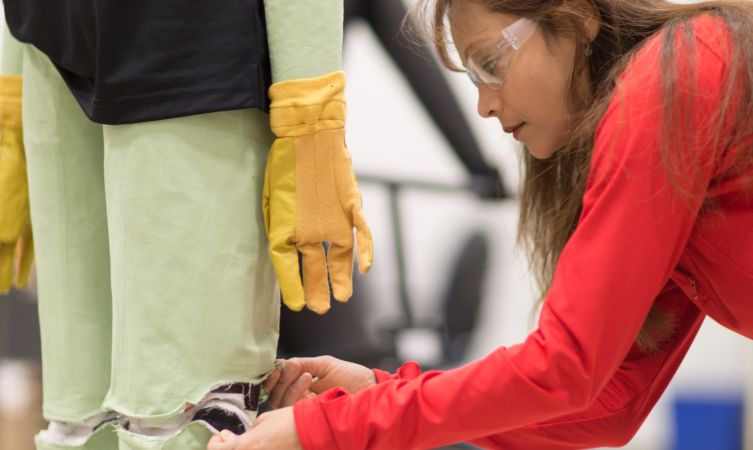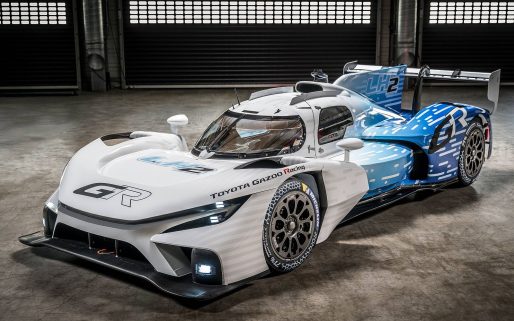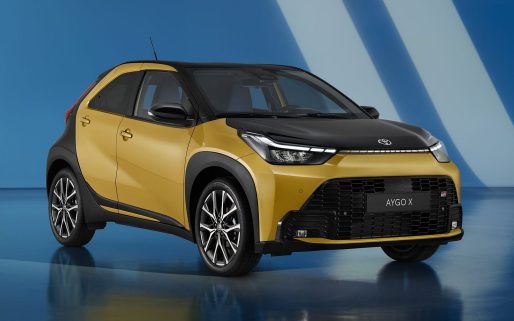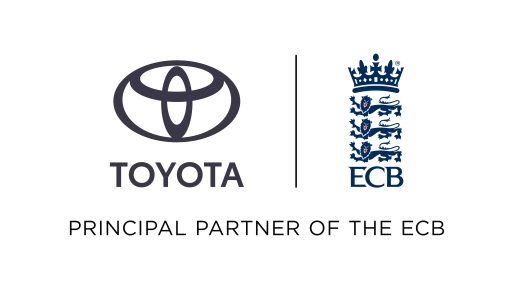Toyota is investing $35 million (approximately £25.4 million) to fund a further five years of work at its ground-breaking Collaborative Safety Research Centre (CSRC) in the USA.
The next phase of the centre’s mission – dubbed CSRC Next – will focus on the safety challenges and opportunities presented by autonomous and connected vehicle technologies.
Its work in partnership with academic, health and research organisations has already yielded important advances in safety technology design and application. These include systems that can predict and detect serious illness in drivers, and intelligence that is helping develop and refine international standards.
The new investment commits research in support of a safe transition to future mobility, with projects following four themes:
- Integration potential for active and passive safety systems, using advanced pre-crash sensors to improve and personalise crash protection.
- Construction of advanced vehicle user experience models in order to improve usability and strengthen the relationship between driver and vehicle.
- Improving mobility through the study of the driver’s personal condition when at the wheel, using physiology and health metrics.
- Applying data and safety analytics techniques to develop algorithms and tools for the study of naturalistic driving data.
Chuck Gulash, Director of the CSRC in Ann Arbor, Michigan, said: “The launch of CSRC Next reflects Toyota’s understanding of the importance of human interaction with emerging and advanced vehicle technologies. These highly advanced systems are radically reshaping the transportation landscape, building a relationship between drivers, occupants and vehicles as teammates working together safely and conveniently. We are excited to be continuing our safety mission by helping to support a safe evolution to a broader mobility future.”
The new research portfolio includes eight projects that will be conducted in partnership with six academic institutions.
Examples include work with the Massachusetts Institute of Technology’s (MIT) AgeLab to develop new systems for autonomous vehicles that can perceive and identify objects in their environment and understand social interactions in traffic. There is also a research study with Virginia Tech to estimate issues that may arise following the deployment of integrated safety systems in the future.
CSRC is working with the Toyota Research Institute and Toyota Connected to help accelerate the development of autonomous driving technology and explore the complex relationship between future mobility and broader social trends.
CSRC: the first five years
The launch of CSRC Next marks the conclusion of the centre’s first five years of research, during which time its work has focused on human factors, active and passive vehicle safety technologies, data analysis and tools development. It has collaborated with leading North American universities, hospitals and research institutions on projects aimed at reducing traffic casualties, sharing the results publicly so that all can benefit.
It has launched and completed 44 research projects with 23 partners, publishing more than 200 papers and giving presentations at many industry conferences. CSRC’s research has also helped improve the safety of Toyota vehicles, for example enhancing the capabilities of computer crash simulations and improving the tuning of advanced driver assistance systems. At the same time its work has had a broader impact, with results contributing to the development of standards by international bodies such as the Society of Automotive Engineers.
“The CSRC and its mission follow from Toyota’s belief that great things happen when good ideas are shared,” said Gulash. “We are extremely proud of our work over the last five years, including both the significant contribution we have made to automotive safety and our opportunity to support the next generation of researchers at universities across North America. It is a track record of success that gives us tremendous confidence as we launch CSRC Next.”
CSRC: in-vehicle health monitoring
Emergency medicine has been one of the key beneficiaries of CSRC research, including ways of detecting the onset or presence of serious health conditions that might affect a driver’s performance.
A project conducted with the University of Michigan studied a computational technique for noise-tolerant, robust detection and prediction of people suffering severe heart complaints, such as a myocardial infarction or ischemia, inside a vehicle. ECG data collected from subjects in hospitals and vehicles will be combined with machine learning models to predict and recognise cardiac events.
Another study, in collaboration with University of Nebraska Medical Centre, used real-time glucose monitoring systems in drivers with insulin-dependent diabetes. The aim was to investigate the feasibility of combining physiological and driving sensor data to determine levels and patterns of glucose control that might produce changes in behaviour or safety.




